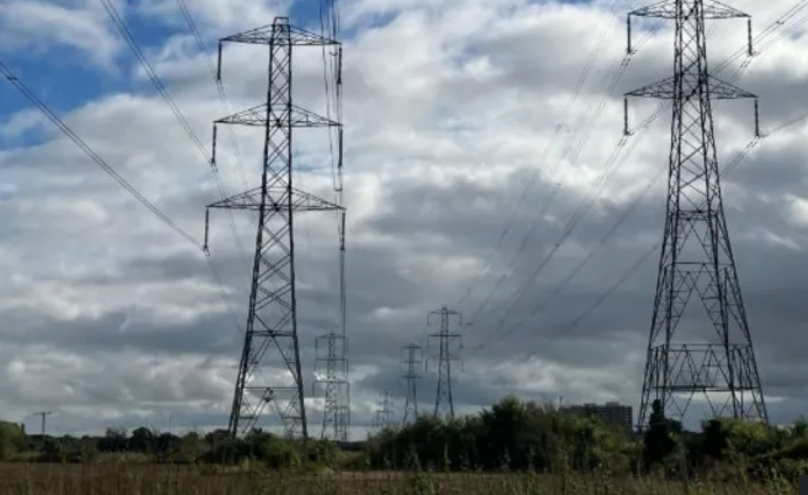A major independent study has concluded that burying electricity cables underground or beneath the sea is significantly more expensive than using overhead pylons, sparking renewed debate over infrastructure plans in the East of England.
The report, commissioned by the Institution of Engineering and Technology (IET), comes as National Grid prepares a planning application for a 100-mile (160km) stretch of new pylons between Norwich and Tilbury, Essex. The project is part of wider efforts to carry electricity from North Sea wind farms to homes and businesses across the UK.
According to the IET, laying high-voltage cables underground costs around 4.5 times more than building overhead lines, while subsea options can be up to 11 times more expensive. A typical nine-mile (15km) overhead line would cost nearly £40 million to build, the report states, compared to around £330 million for underground cables—and up to £820 million if tunnelling is required.
Energy Minister Michael Shanks welcomed the findings, saying the report “proves that pylons are the best option for taxpayers,” and argued that the lower costs would help keep household energy bills in check.
“It shows that pylons are the best option for billpayers—as cables underground cost significantly more to install and maintain,” Shanks said.
To address concerns from communities along the proposed pylon route, Shanks also confirmed that households located nearby would be eligible for £2,500 in energy bill discounts over 10 years.
However, campaigners have rejected the report’s conclusions, calling it “half-baked” and accusing the government of ignoring alternative approaches. Rosie Pearson, of the Essex Suffolk Norfolk Pylons action group, said the study overlooked more modern and affordable undergrounding techniques used in other European countries.
“They have not looked at enhancing the existing grid before building new infrastructure,” she said. “The government is blinkered, and you wonder if they commissioned this report to get a binary answer.”
The Department for Energy Security and Net Zero clarified that the report was not government-commissioned, but independently produced by an engineering consultancy.
While the report acknowledged the significantly lower visual impact of underground cables, it stressed that decisions must balance both cost and environmental considerations. Co-author David Reid said the findings would be “a vital resource” for policymakers seeking to expand infrastructure in support of the UK’s net-zero ambitions.
Despite the findings, opposition remains strong in parts of the East of England, with local campaigners vowing to continue fighting against the new pylons.

















